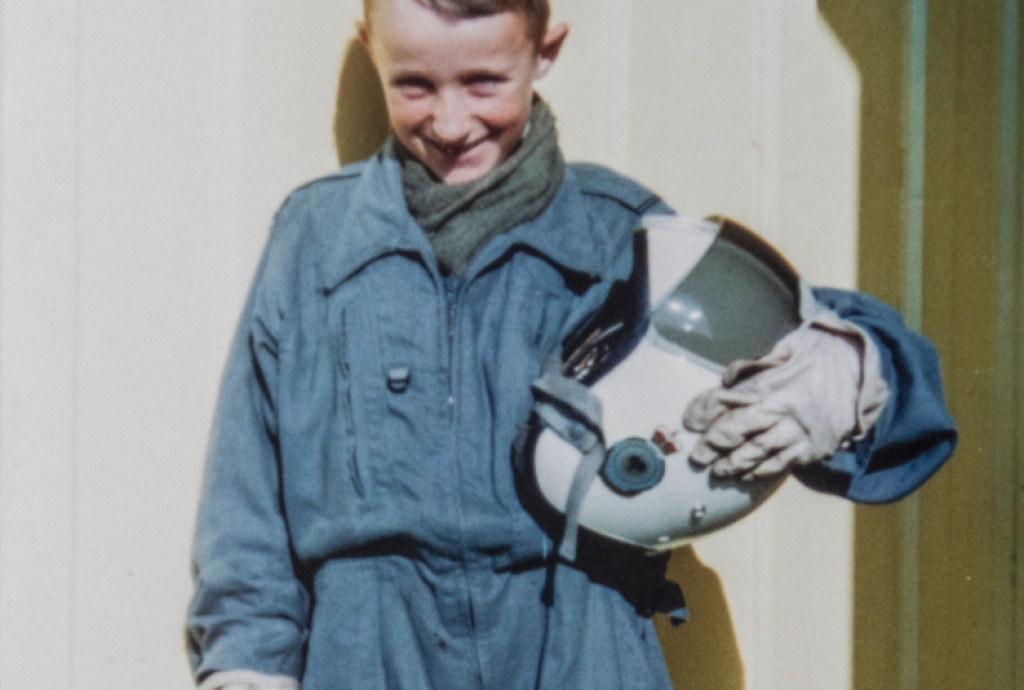Coaches dressing up for complexity

To build on Jennifer’s recent blog on Laughter and Lightness and Complexity, I have been wondering about how we extend our thinking and practice as coaches to work in complexity. This question extends Jennifer and Catherine Fitzgerald’s wonderful white paper on Coaching for an Increasingly Complex World.
The appropriate application of complexity approaches in coaches raises boundary questions. Are we seeking to apply complexity ideas to:
- The challenges facing the coachee?
- The particular coaching engagement with a client?
- Our approach as coaches?
- All of the above?
So far, our discussions have mainly focused on level one: what are the complexity challenges facing the coachee and how can the coach help more with these? I have been wondering what it would be like to go further and experiment more in levels two and three.
Coaches take on many different roles. How different is this spread of roles when the client is grappling with complex issues? Coaching relationships generally work because the coachee is to some degree lost and the coach can offer the space or the tool kit or useful frames and questions for the coachee to find a way through. Jennifer and Catherine write about complexity being like a new land to the coachee. In this case, the coach is unlikely to have been in town for much longer. Some of us have been working with these ideas for a decade and a half but the language is tonal and I still try to ask for the men’s toilets and get offered a basket of breadfruit. By now, we may know where key services can be found and have a smattering of the language, but even after a year or two, this exotic land still has many ways to surprise.
At what point does the coach become a co-explorer or “come out” as a co-explorer? Is the agreement between coach and client to journey together or to be in counterpoint? In complexity the coach cannot know the right thing to do because there is no right thing, but they might see more things that might be done or more ways to look differently at the situation or hold the uncertainty open longer and not converge on the ‘solution’ and therefore they could be a co-explorer (looking more around the edges), or challenger (see many other ways to look at an issue) or confidence booster (to act in the unknown).
One of the things we explored at the workshop Jennifer blogged about was the extent to which as coaches we were able to help by pointing to the way our coachees framed issues. When and where were they using if/then cause and effect explanations rather than being able to lean into a sense of multiple factors at play and the possibilities and challenges that might be emerging.
If there is no right answer and complexity is a more experimental place, as coaches we could reach into the dress-up clothes chest in the attic and take on different roles. Here are some possibilities:
- Coach as mum or dad or the responsible adult. For most of us the most familiar complex domain is raising children? How would we deal with this challenge if I were a parent and /or if the challenge were a teenager?
- Coach as fabulist. Can the coach for complexity be the cool kid who bought the smokes or the booze? Can we provide the safe place to play and be mad, bad, dangerous?
- Coach as fortune teller. Seeing multiple mysterious but plausible paths, might the coach create and hold the safety to lay out a ‘random’ set of cards and explore the unexplorable.
- Coach as diversifier. After one good idea or one experiment who maintains the commitment to diversity, trying many other things?
- Coach as prompt (or driver) to act, to play, to not procrastinate.
- Coach as confuser. There are many other routes and certainty is not a friend here.
- Coach as boundary rider. Expanding or contracting the boundary like the owner of a penny telescope.
- Coach as entomologist. With a hand lens at the ready, looking for little things others have not seen before (or as bat, hearing fainter signals).
- Coach as taller person. Standing on their toes and looking over the crowd to see a longer larger view. Seeing gaps. Seeing when to shut down because the risks might be too high. A tester of guardrails.
Which of these roles do you think you already play and which ones might you play? What is the conversation you would need to have with each client were you to move into a more experimental field?
Subscribe via Email